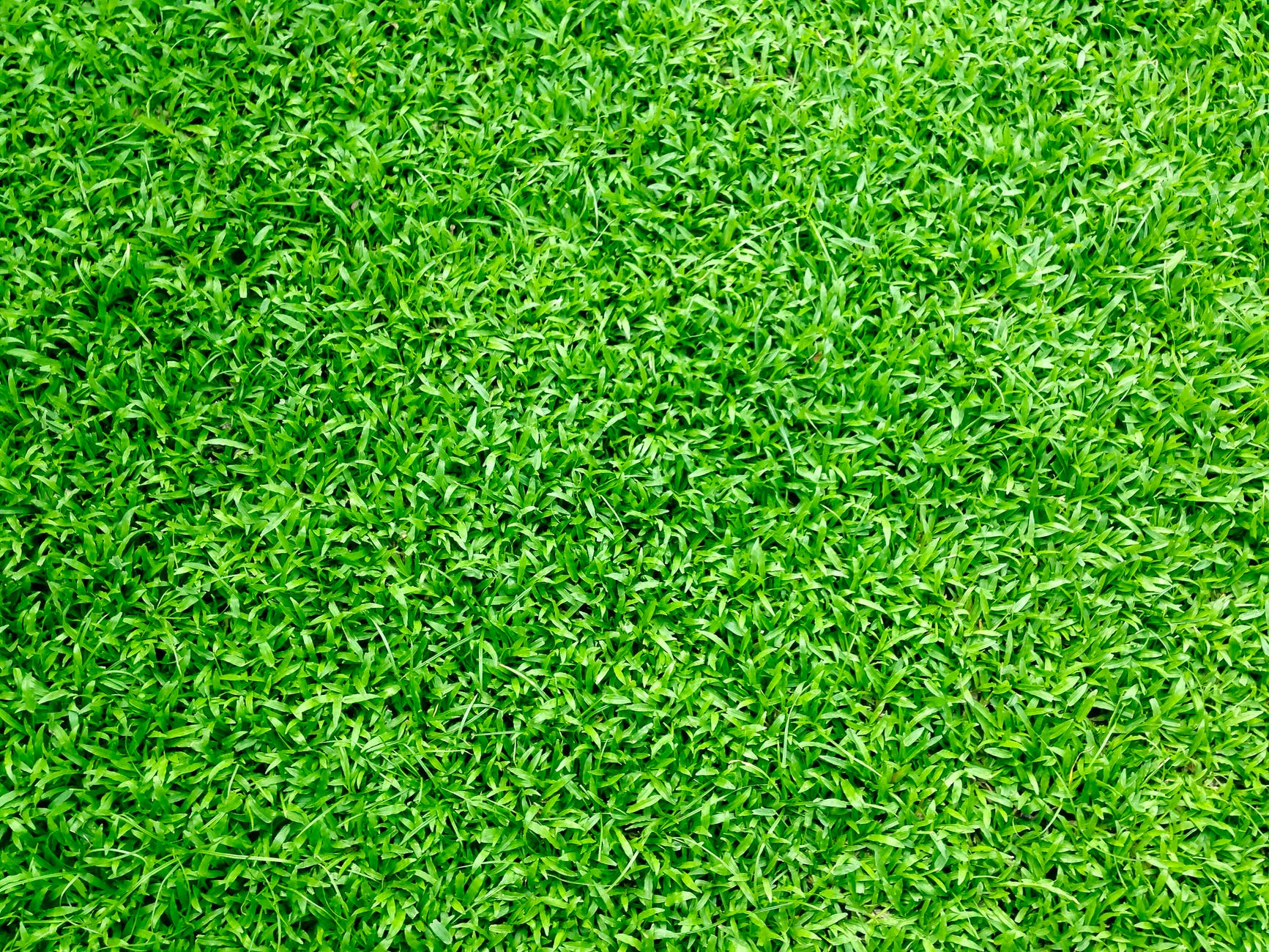Why I killed my whole lawn

You would think this post belongs in the Natural Home section of the website because its pro-nature right? Wrong! This is all about minimization and reducing impact, I may write a post on the myriad of benefits to nature from doing a lawn conversion, but I want to use this post to cover why this is a minimalist dream come true from the point of view of a human.
Lawns suck time
How much time do you spend mowing your lawn? How much time does the average US household spend doing this mundane and pointless chore? The answer is obviously complex but with the 40 MILLION acres of lawn in the US, the average person spends 70 hours of their precious non-working time a year on their lawn. Minimizing your lawn maximizes your time for other activities.

Lawns suck resources
This one has been hit on a lot so I wont beat a dead horse, but lawns suck up over 600 million gallons of fuel (not counting spills) per year! That is a two gallons for every man woman and child in the US. This is an egregious misuse of gasoline and I don’t know about you but the whine of the mowers and the blowers and the whackers every single Sunday morning or Saturday afternoon needs to be stopped!
Lawns just suck
Now I am not just saying “get rid of all grass and never have anything cut below 5 inches for you to walk on” But the whole point of this is for you to rethink WHY you have a lawn and why it is sucking away your life! Less lawn is a de-cluttering of your life and where you put your energy. Now, there are ways to still get that curb appeal and minimize your lawn taking your life away though. The traditional lawn is outdated and needs to be gone just like the way we no longer ride penny-farthing bicycles from the 1800s.

So how do I minimize this?
Get a smaller lawn: kill your grass and replace it with something that requires no mowing. If you live in or near a wooded area, go for trees and shade tolerant shrubs and wildflowers, if you live in the prairie go for bluestems and intermixed deep rooted native flowers. I personally killed every speck of my very tiny lawn but I know this is unrealistic for some areas. But you can kill portions of your grass and create a flower bed by tilling, edging the lawn, and then covering your targeted area with cardboard or newspaper and then mulch. Then simply poke a nice hole and place your plants/grasses (more on installing native plantings here). Viola! You now have a mulched flower bed, with native species that give your location a splash of authenticity and color only found in your neck of the woods. And on top of that, you have minimized your lawn care responsibilities, fed wildlife, and minimized your negative impact on the world around you. Congrats!
Get a push mower: Even with a native flower bed you still have some grass paths to cut. But with such a small amount of grass remaining you can remove your workload and therefore your tools. I would also try to change the type of grass in your remaining lawn by killing it and installing buffalograss or deep rooted native fescues instead of the non native Kentucky Bluegrass (Its a deceptive name, as its not from Kentucky at all). Cutting your lawn mowing chores down minimizes the type of mower you need: push mowers with sharp blades are easy-peasy if its just a buffalo-grass path that you mow every four weeks and not an acre and half of herbicided carpet every two days in the spring and fall.
Get your neighbors involved: Many people live in areas with Home Owners Associations (HOAs). A HOA can really put a damper on your path to being minimalist in your lawn duties, nobody wants a person reporting them for “weeds” and getting fined for “blocking the right of way/view”. For those and any other locations I suggest you start small and start in the backyard, then eake your way to the front as your design style becomes more robust and your plant palette more defined. During that time, you can educate the neighbors and try to enact some change in your neighborhood.
In the end its the small things that matter. If everyone in just the United States took the back 1/3rd of their yard and turned it semi-wild with some native plantings of shrubs, trees, tall grasses, and flowers, then the habitat difference would be larger than if you combined the land mass of Yellowstone, Grand Teton, Great Smokey, and Glacier National Parks together. even your small habitat of 3x3ft flowerbed of echinacea and sneezeweed can make a difference.
